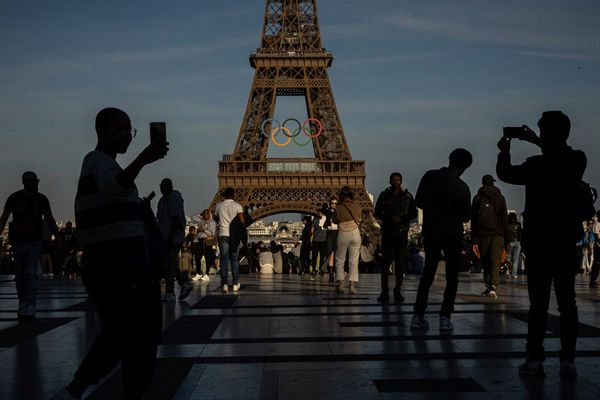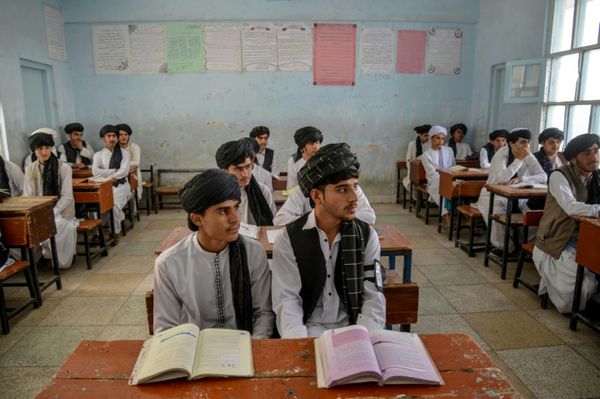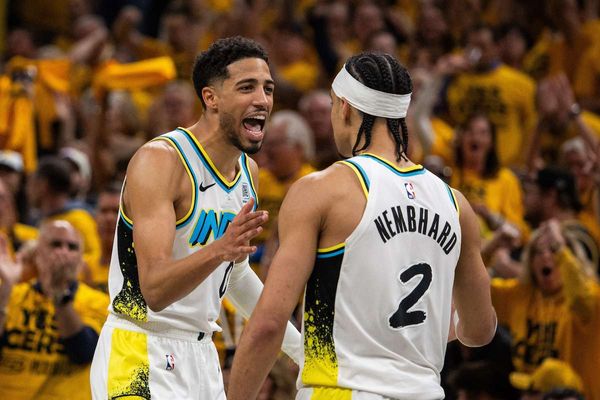
In Donald Trump’s world, everything has its price.
There is no place for sentiment in his politics. Common values cannot secure loans for military aid. And the US president does not care who controls the blood-soaked soils of east Ukraine, so long as he can access the rare earth minerals that lie beneath.
The peace Trump will negotiate is not about justice. There is no deeper moral or morality here except for who “got it done”, and Trump has signaled that he is ready to pressure Ukraine and Europe to provide concessions to entice Russia to sign on the dotted line.
All that’s left for him is to hash out a price.
“I’m just here to try and get peace,” Trump said in the Oval Office, where he riffs out policy daily. “I don’t care so much about anything other than I want to stop having millions of people killed.”
It is difficult to put into words what an about-face this is for US support for Ukraine, which for years was built on helping the country defend itself, though not win the war.
The Biden administration helped manage the symptoms of Russian aggression. Now, Trump says he’s going to provide the cure. But it is an unwelcome one: stop resisting.
Since Russia’s full-scale invasion in 2022, the adage in the Oval Office had been “nothing about Ukraine without Ukraine”. Biden officials regularly said in public that Ukraine itself would decide when it was ready to negotiate.
But that was before the US election. It wasn’t the issue of Ukrainian manpower or the supply of weapons that ultimately brought us to this point; it was the price of eggs in Pennsylvania. The Biden administration’s biggest betrayal of Ukraine may have been to lose the US elections, effectively surrendering Ukraine’s second front to “America first”.
“We’re the thing that’s holding it back, and frankly, we’ll go as long as we have to go, because we’re not going to let the other happen,” said Trump, in what may be the only silver lining of his remarks on Monday, indicating he wouldn’t allow Ukraine to collapse completely. “But President Putin wants that peace now, and that’s good, and he didn’t want to have peace with Biden.”
Some Ukrainian and Russian observers may believe the US president has a deeper plan here, perhaps to consolidate Europe and then pressure Russia as a united front while sinking the oil price. But judging by his actions in Gaza, or in the United States, there is likely to be no deeper plan.
Assigning Steve Witkoff, his go-to dealmaker who negotiated the Gaza ceasefire-for-hostages deal, rather than the hawkish Gen Keith Kellogg, indicates that the process will be maximally unsentimental. Just another real estate deal.
Now, much of Europe is wondering whether Trump is about to deliver them a fait accompli on their eastern flank, seeking to commit European troops with no Nato protection to Ukraine in a security agreement negotiated exclusively between Moscow and Washington.
“What’s left to negotiate?” read one text message from a European official, who called it a “surrender”.
In fact, that was just Trump’s opening offer.
Russia has indicated it wants him to go further. In a communique, the Russian president, Vladimir Putin, said he wanted the deal to address the “origins of the conflict”, which he has previously said include Ukraine’s pro-western stance and the Nato expansions of the 2000s and 1990s.
He may seek to turn back the clock, said another European official, and demand that US forces stationed in the Baltics, Poland and other former communist countries return, raising concerns about further Russian land grabs without American troops there to guarantee their defense.
Such an outcome seemed even more possible on Thursday, when Trump’s defence secretary, Pete Hegseth, told his Nato counterparts that a reduction of US troop levels in Europe could be part of any deal.
In effect, Trump is negotiating with Europe, not Russia. Europe has issued its counteroffer: treat us as a partner and give us a seat at the table.
“We shouldn’t take anything off the table before the negotiations have even started,” said Kaja Kallas, the EU’s foreign policy chief, before the Nato meeting on Thursday. “It is clear that any deal behind our backs will not work. You need the Europeans, you need the Ukrainians.”
That depends what Trump plans to do next, as Hegseth made clear. “Everything is on the table,” he said. “In his conversations with Vladimir Putin and Zelenskyy, what he decides to allow or not allow is at the purview of the leader of the free world: President Trump.”
The question is who is in that free world now, and what is the price of entry.







